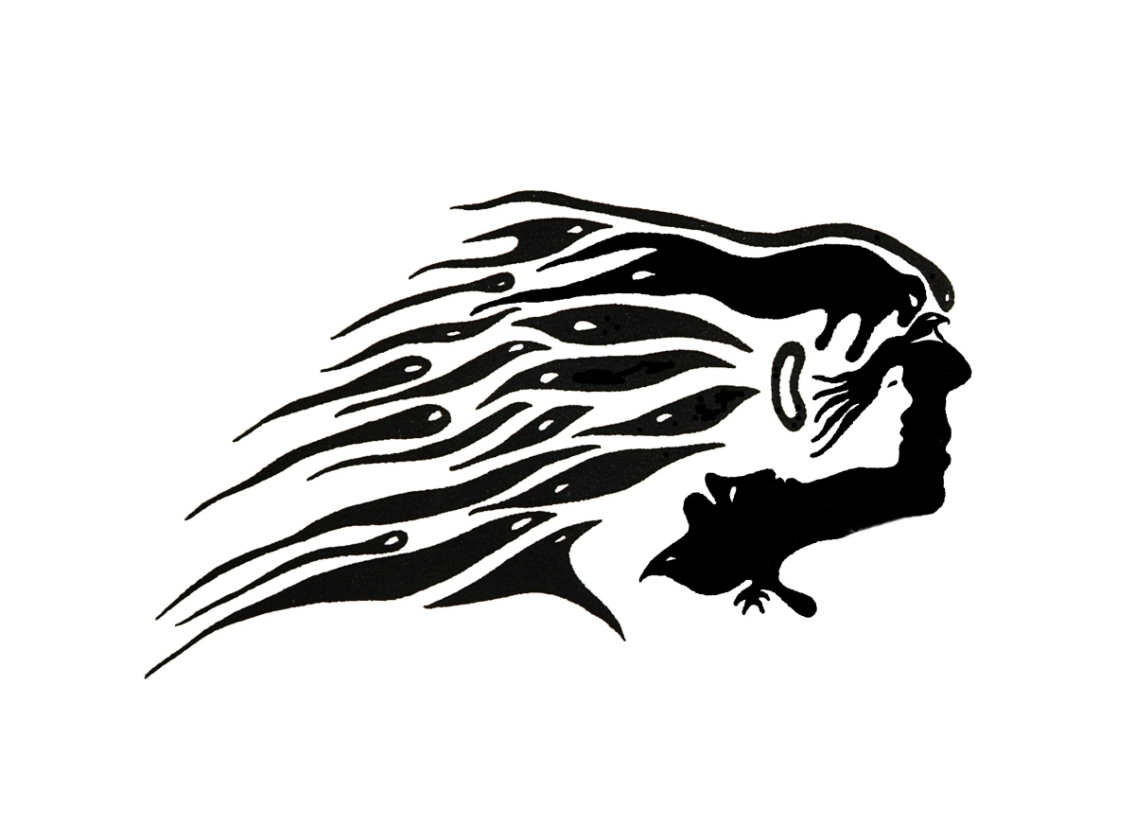
The University of Ottawa Heart Institute acknowledges the unceded traditional territory of the Algonquin Anishinabeg and the people of the Algonquin Anishinabeg Nation which encompasses the watershed of the Kitchissippi (Big River) now commonly known as the Ottawa River. The Algonquin Anishinabeg have been here in the watershed for thousands of years long before European contact and will continue to be here well into the future.
We recognize all Indigenous people in the region, from all Nations across Canada, who have also made Ottawa their home.
We acknowledge the traditional knowledge keepers, both young and old. And we honour their courageous leaders: past, present, and future.
We dedicate ourselves to moving forward in the spirit of partnership and Reconciliation. Together, we take responsibility for the heart health of all people in the region.
About the design

There are 11 components that make up Facing the Wind, including three faces and four animals. The fish that make up the hair are swimming toward the egg. From there, we grow into ourselves. The front face represents our mask. Behind our mask is another face... Our true inner self. At the bottom, there is a bird representing all negative events that give us our dark side, represented by the face looking upward. In the north is the buffalo. In the east, the eagle in the eye. At the top, there is a snake kissing the beak of the eagle, representing the harmony between the earth, the water, and the sky.
About the artist
Claude Latour defines himself as a videographer, digital photographer, graphic designer, documentarian and historian. The influence of Latour's First Nations ancestry, the Kitigan Zibi Anishinabeg ("Garden River People"), is evident in his artwork, which includes sculptures, paintings, videos, and most recently, photo-based images from the Pow Wow Trail. The works demonstrate how these events celebrate life within various First Nations communities.

